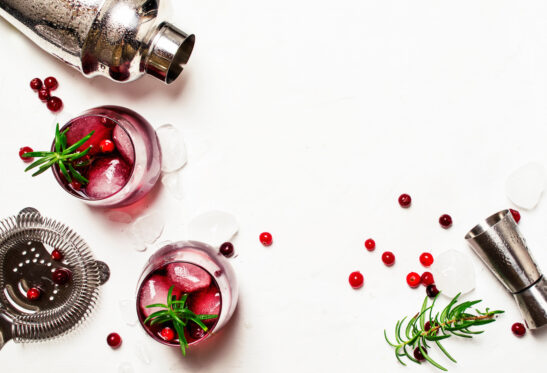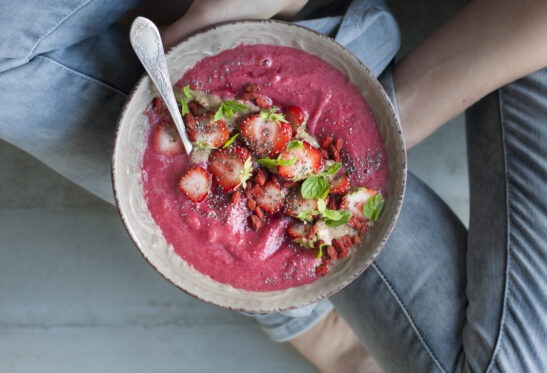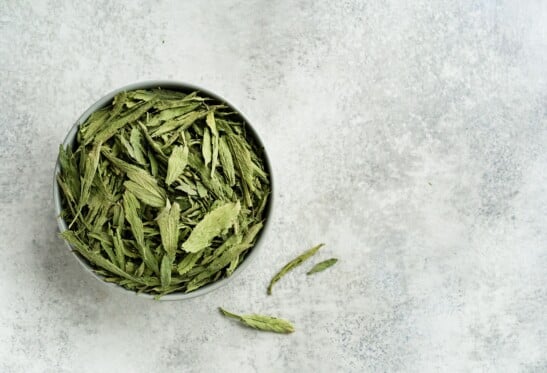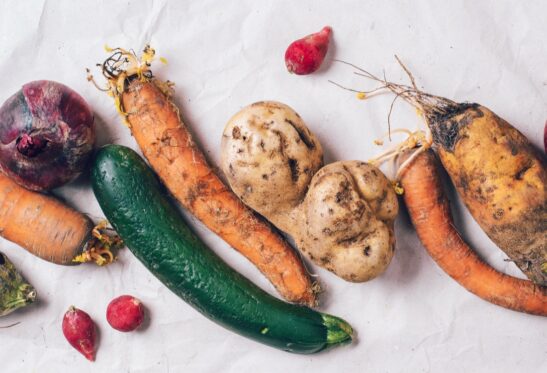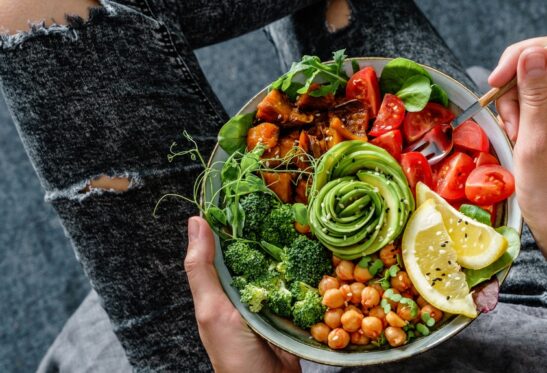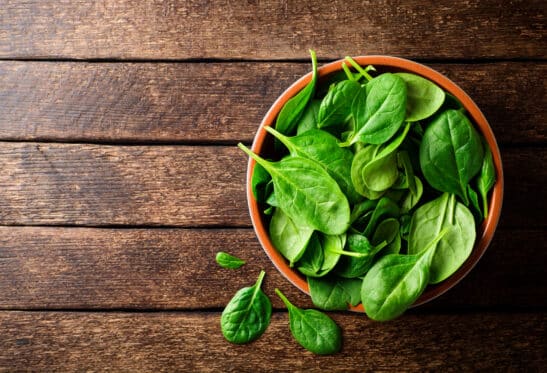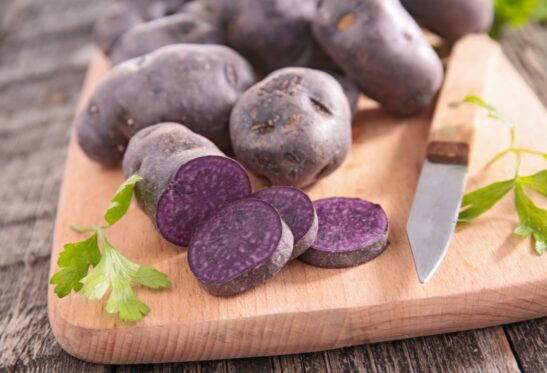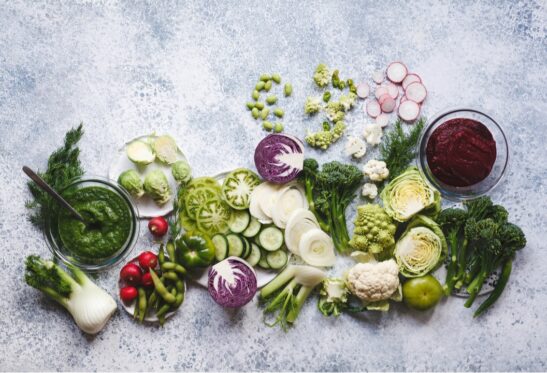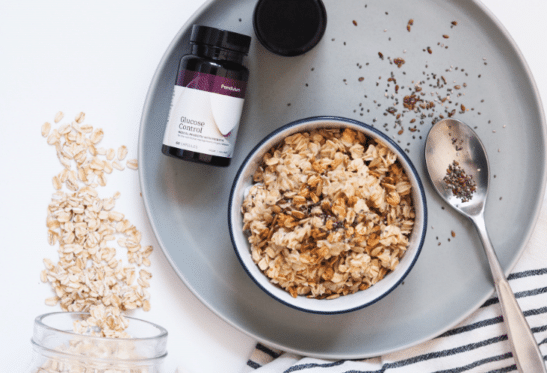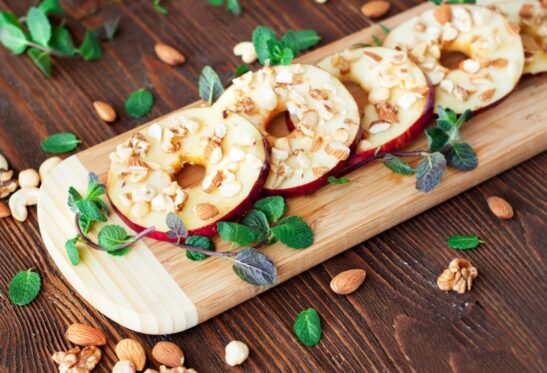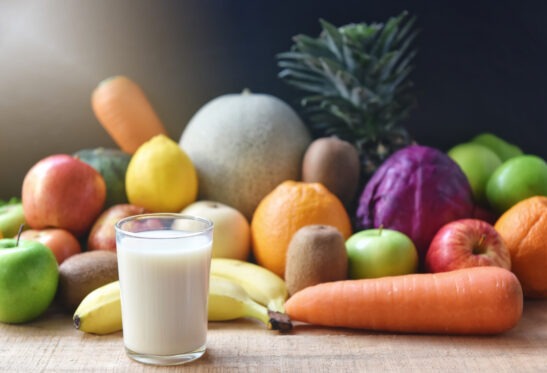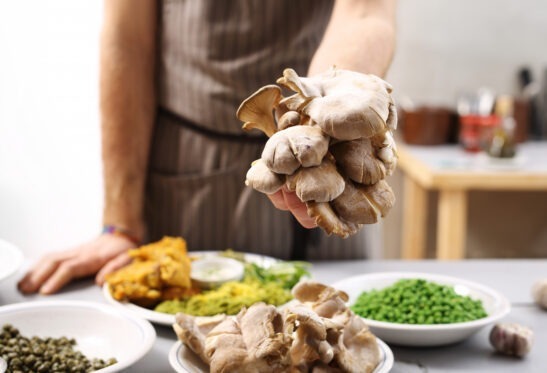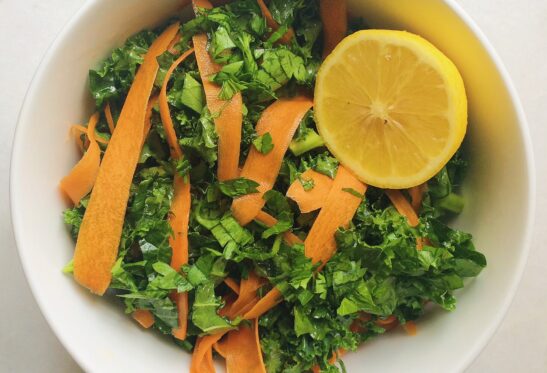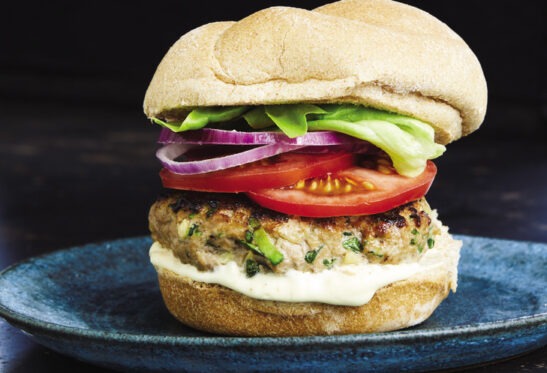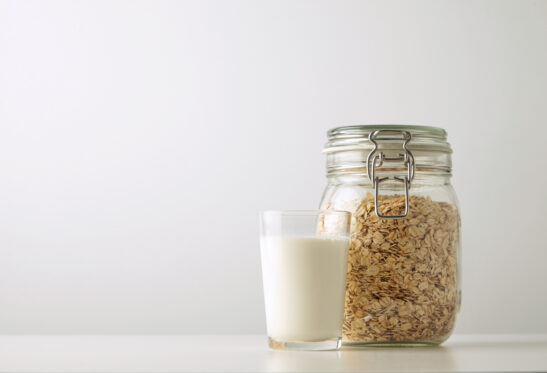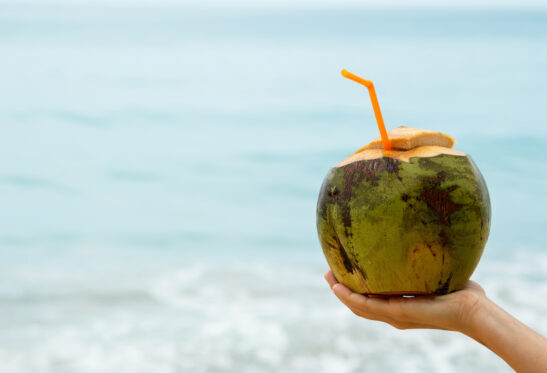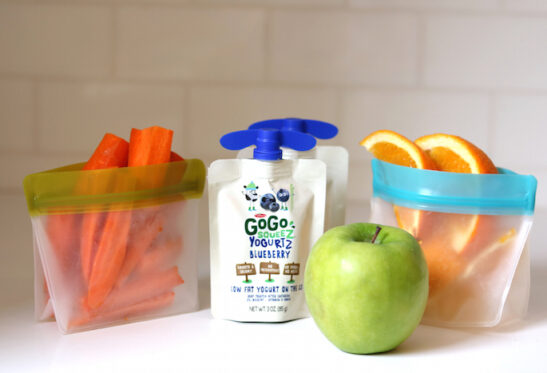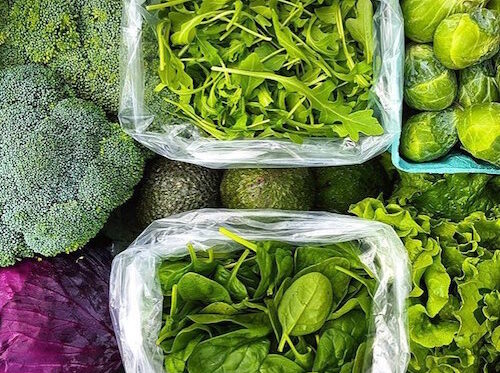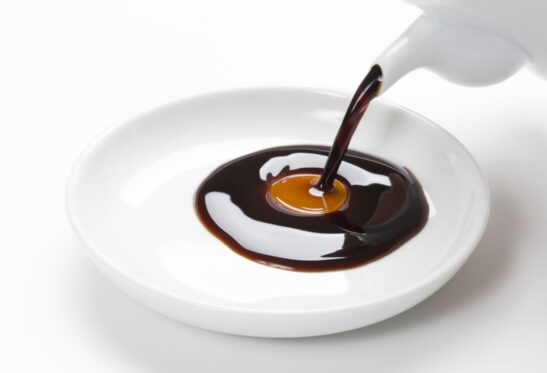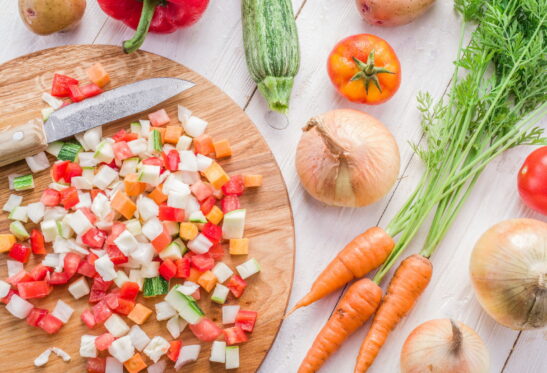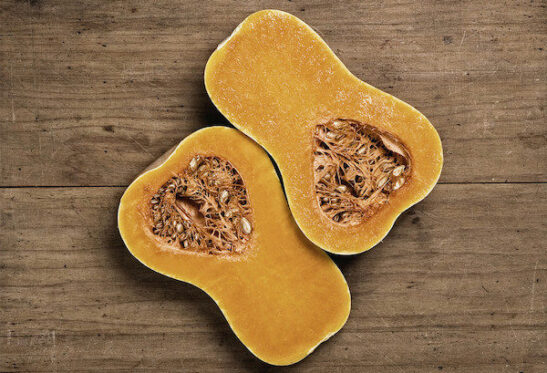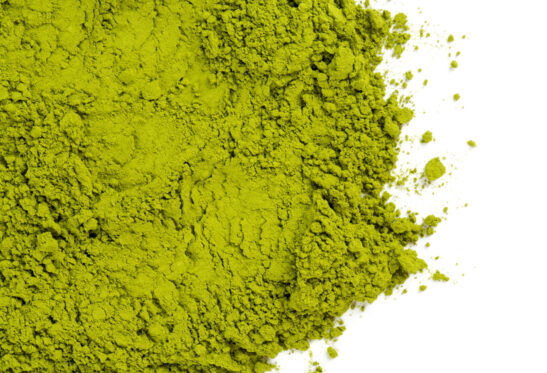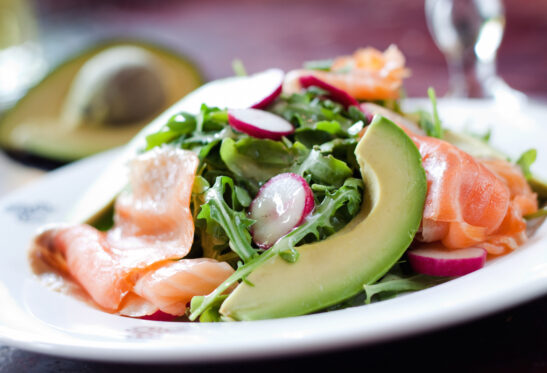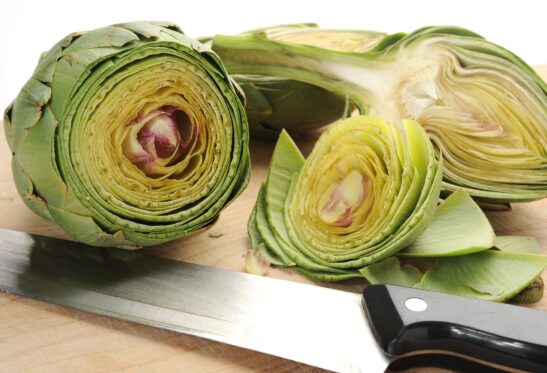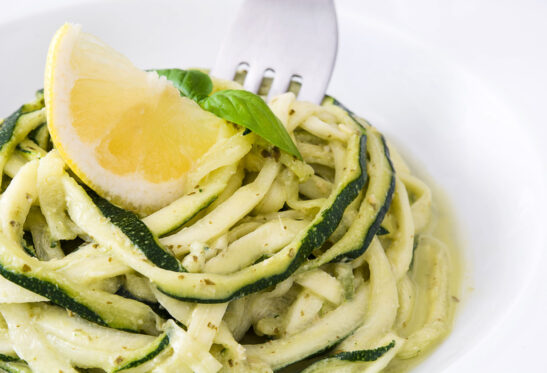 Eat Empowered
Eat Empowered  Healthy Eating Tips
Healthy Eating Tips  Nurture Yourself
Nurture Yourself
From Health to Beauty, Seaweed Is Full of Surprising Benefits
By Jill de JongHome » Eat Empowered » From Health to Beauty, Seaweed Is Full of Surprising Benefits
If you’ve had sushi of any kind, you’ve likely sampled seaweed. It’s a staple in East Asian food, particularly Japanese dishes. If you don’t regularly have seaweed on your grocery list, you may want to reconsider.
Oceans cover over 71% of the earth’s surface. Seaweed, plankton and marine bacteria deliver more than half of the world’s oxygen. That’s pretty cool. Even cooler: Seaweed is among the fastest-growing organisms on Earth. It doesn’t even need fertilizer or soil to grow, making it one of the most sustainable life forms on the planet.
While it plays a huge part in the health of the planet, seaweed also provides tons of benefits for us humans as well. According to the Journal of Applied Phycology, seaweed contains helpful nutrients such as vitamin C, B, and A, iron, iodine and more.
We’ve got the breakdown on the many benefits of this marine algae, also called sea vegetables, and all the ways to eat it.
What is Seaweed
The term “seaweed” is a very broad, collective noun and also a misleading one. It’s the common name for countless species of marine plants and algae—none of them undesirable to their habitat, which is how we typically define weeds. On the contrary, as the National Ocean Service points out, seaweed is utterly essential to innumerable marine creatures, both as food and as habitat; it also provides many benefits to land-dwellers.
You might have heard about nori, but there’s also wakame, kombu, dulse, hijiki and more. (Whew! For the love of Schoolhouse Rock, why isn’t there a catchy kids’ song to help us tell them all apart!?)
Edible Seaweed Varieties
There are many edible seaweeds. Here are seven popular types of edible seaweed and their uses:
- Dulse – Along with spirulina and kelp noodles, dulse makes a great substitute for salt because of the umami flavor from the glutamate found in its amino acids.
- Hijiki – A brown or black seaweed that looks like twigs, hijiki is often used in stir-fries and served with fish in Asian cuisine
- Irish Moss or sea moss – A purple and red algae that looks like little trees. It’s a main source of carrageenan, which is controversial as a thickening agent in foods when it’s processed, but it’s not the same thing as the naturally-derived carrageenan in whole food sea moss. (Here’s a good in-depth explanation if you want to dig deeper.)
- Kombu – Cooked with bonita flakes, kombu is a type of kelp that’s the main ingredient of dashi, a Japanese soup stock found in dishes such as miso soup or ramen.
- Nori – Best known for being a sushi wrapper, this seaweed is actually quite versatile. You can sprinkle it on Buddha bowls; add it to soups, salads or smoothies; even take it as a supplement. Substitute a corn or flour tortilla with a dried large nori sheet and make a delicious wrap in a matter of minutes
- Sea lettuce – An edible blue-green algae that’s also known as green nori.
- Wakame – Also known as sea mustard, wakame has a sweet flavor, dark green color and smooth texture. It’s also often found in miso soup and is a great source of omega-3 fatty acids.
Seaweed’s Health Benefits
Rich in Iodine
Seaweed is rich in iodine, because it has the unique ability to concentrate the mineral from the ocean. Your thyroid relies on iodine to make hormones and stay balanced, which makes seaweed hugely beneficial to a human diet, when consumed in the right amounts.
Loaded with Minerals
The mineral content of seaweed is 10 times greater than that found in plants grown in soil. The marine algae contain a wide range of vitamins and minerals. The primary minerals are iodine, calcium phosphorus, magnesium, iron, sodium, potassium and chlorine.
Just like vitamins, minerals help your body in many ways. They assist in building strong bones and help keep your muscles, heart and brain working properly. Plus, marine algae contain a wide range of important trace elements such as zinc, copper, manganese and selenium plus vitamins A, B, C and E.
Promotes Digestive Health
Consuming algae provides the body with plenty of gut-healthy prebiotic fiber. Additionally, particular sugars found in seaweed (called polysaccharides) have been shown to increase the growth of beneficial gut bacteria.
RELATED: Should You Be Eating Seaweed?
Gets Your Skin Glowing
Mineral-rich seaweed even comes with a bonus: beauty benefits! It has a remarkable ability to help skin retain moisture and lessen signs of aging. Gotta love that! Research has shown seaweed collagen is a great source of hyaluronic acid, which plays a critical role in skin health.
Packed With Protein
The deep green (or sometimes blue-green) powder we call spirulina is packed with protein, in an amount comparable to eggs. It also contains all the essential amino acids, called glutamates, which have the salty, savory taste of umami.
Cautions About Seaweed
One note of awareness regarding these nutrient powerhouse marine plants and algae: While too little iodine can cause thyroid problems, so can too much.
In 2014, the Journal of Food and Drug Analysis published results of a study documenting the average iodine content of three different dried seaweeds: Kombu had by far the most iodine, an average that far exceeds the recommended dietary intake (RDI) for adults by a factor of 13-17 times. On the other hand, nori and wakame contain, on average, about 25% and 90% of an adult’s RDI. Seaweed can help eliminate iodine deficiency disorders, according to the analysis, while too much iodine intake is not good for health.
Can You Eat Too Much Seaweed?
In the U.S, adults are advised to get a minimum amount of 150 micrograms of iodine daily; only 1 teaspoon of nori is about 57% of your daily requirements. But so much depends on how it’s prepared: While some seaweed (such as kombu and sargassum) in raw form contains too much iodine, boiling or drying it drastically reduces the amount. If you make a habit of eating lots of seaweed and you experience symptoms such as weight gain or a swelling in your neck (where the thyroid is located), get in touch with your physician.
Bottom Line on Seaweed
While people in Asia have been happily munching on nori, wakame, and all the other kinds of algae for a long time, the health benefits of seaweed have more recently been catching on in the U.S. And it’s about time!
Not only are the many varieties of seaweed delicious (remember that umami flavor we mentioned), they’re also incredibly good for you. Add to that seaweed’s mega sustainability and you have a nutrition powerhouse that’s worth adding to your diet.
(Image: Shutterstock)
Jill de Jong is a sought-after celebrity trainer, health coach and chef. She has helped many clients to be in the best shape of their life, both physically and mentally.
RECENT ARTICLES

Want a sneak peek inside the program?
Get FREE access to some of the core training materials that make up our signature program – Become a Nutrition Coach.
Get Access"*" indicates required fields




























































